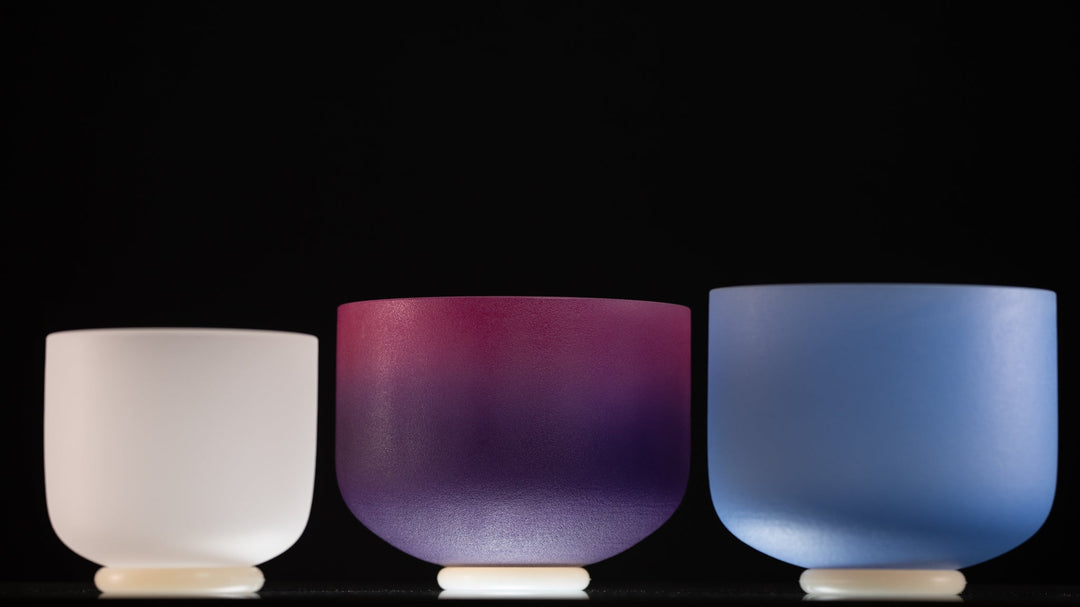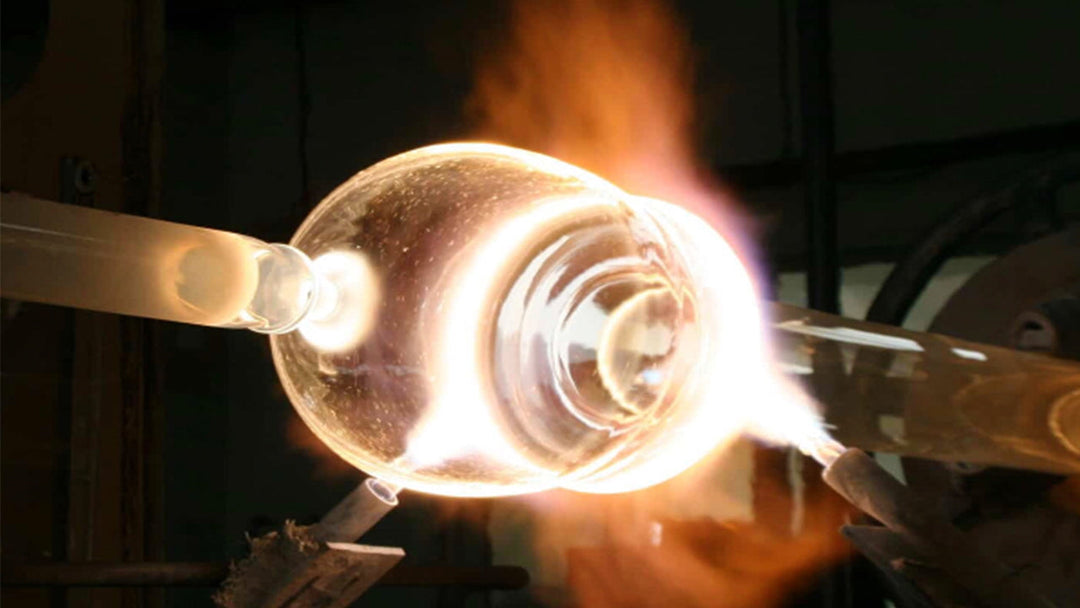13 Red Flags to Watch Out for When Buying a Crystal Singing Bowl
Buying a crystal singing bowl should feel exciting, not stressful. Whether you're getting your very first bowl or building out a set, there are a few things to watch out for so you don't get stuck with something that isn’t what you thought it would be. Here's a clear, honest list of red flags to help you buy with confidence and avoid some of the most common traps we’ve seen out there.

1. No Price Until You Ask
If you’re on a website or in a store that doesn’t clearly list the price, it’s a red flag. Having to ask just to find out how much something costs usually means the price is flexible based on the person asking. That’s not transparency—that’s salesmanship. A good bowl shop should offer clear, upfront pricing with nothing to hide.
2. The Bowl Doesn’t Come with a Bag
If you’re paying a few hundred dollars or more for a bowl, it should come with a safe way to store and carry it. Shockingly, some sellers don’t include a case or mention that you’ll need one until after you’ve made the purchase. Even worse, some will only insure your bowl during shipping if you buy the bag. That’s not how it should work.
3. Upcharges for “Perfect Pitch”
Be cautious of any seller charging extra just because a bowl is labeled “perfect pitch.” A bowl is born into its note—it resonates where it resonates. When it's within 10 cents plus or minus of a standard musical note, it's commonly called perfect pitch. Charging more just because a bowl happens to fall within that window is a sales tactic, not a reflection of value.
4. They Round Up the Size
Some shops list a bowl as a larger size than it actually is. A bowl that measures 8.5" might be sold as a 9" just to bump the price. That matters. You might think a set will nest together in a carry bag, but now it doesn’t fit because one of the bowls was measured generously. Be sure to get the actual measurement in inches—not a rounded-up guess.
5. Extra Fees for Each Alchemical Layer
Alchemical bowls are beautiful, especially when layered with different minerals and metals. But some sellers charge separately for each application, like you’re buying toppings on a pizza. That kind of pricing doesn’t reflect the true value of the bowl as a whole. It just adds confusion.
6. You’re Charged Credit Card Processing Fees
You shouldn’t have to pay extra just to use your credit card. That fee is a cost of doing business and shouldn’t be passed on to the customer. If a store is tacking on a processing fee, especially after checkout, it’s worth questioning their priorities.
7. No Clear Photos or Audio of the Bowl
You should always be able to see and hear the actual bowl you’re buying. If the listing doesn’t include detailed photos and a video with clean audio, you’re buying blind. Sound is the soul of the bowl. You need to hear it to know if it resonates with you.
8. Generic Pictures and Only Small Bowls
A website that only shows 6–8 inch bowls, with the same photo for every listing, is often just a drop-shipping operation. These bowls are mass-produced, and you won’t know what yours looks or sounds like until it arrives. If the shop can’t tell you exactly what you're getting, walk away.
9. Upcharges for Heart Chakra Bowls
It’s true that F note bowls connect with the heart chakra—but they’re also one of the most common notes out there. Charging extra just because it’s a “heart bowl” is taking advantage of something sacred. That energy should be honored, not used to mark up the price.
10. No Exact Frequency or Tuning Info
Some sellers just list the note, like “G” or “C#,” but don’t tell you the actual frequency in Hertz or how far off it is from perfect pitch. A bowl that’s +15 cents or –20 cents from the base note can sound way off when played with others. If you’re building a set, this matters. The best shops will tell you the exact frequency in Hz and the tuning offset so you know what you’re really getting.
11. Bowl Sets That Aren’t Harmonically Matched
Some shops throw together sets that may look good together, but aren’t actually harmonically compatible. A bowl at +25 cents mixed with one at –15 cents might not blend well. It’s not a dealbreaker for everyone—some people don’t notice, and the bowls can still sound beautiful. But if you're investing in a set, especially for group work or performance, the bowls should be relatively close in pitch and ideally move in the same tuning direction (all plus or all minus). Ask how the set was curated. If they can’t answer that, it probably wasn’t.
12. Trainings Where You’re Required to Buy Bowls from Them
Be cautious of sound healing trainings that require you to buy your bowls exclusively from the teacher or organization. This kind of setup can create pressure and limits your ability to find a bowl that you connect with. A good teacher will support your learning and trust you to choose your own tools.
13. Corporate Shops That Prioritize Sales Over Soul
Bigger stores often lose the heart behind the sound. Some are purely profit-driven, with little connection to the actual vibration or meaning behind the bowls. If a site feels like a warehouse instead of a sacred space, that’s a sign. Look for family-run or small community shops where you can feel the love and intention behind what they offer. You’ll often get better service, better bowls, and a deeper connection.


